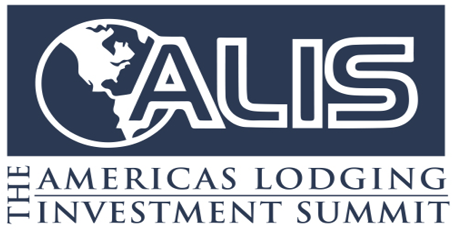By: Mark Lomanno, Partner & Senior Advisor
Blog
ALIS Revisited
By: Mark Lomanno, Partner & Senior Advisor

Leaving an ALIS conference there is always much to reflect on. It takes time to sift through all the information - what was said and what was implied. There were three major topics which I have contemplated a great deal after the conference.
First, prior to ALIS this year, the last few major US hotel industry conferences had a slightly pessimistic view on where the industry was headed. Reasons for this included the long term nature of the current recovery and the sluggish ADR growth that was a significant deviation from the robust increase seen in past economic cycles. However, now the mood has shifted to one of cautious optimism - perhaps because of the absence of any real signs that point to an economic downturn. While hotel collected RevPAR growth is forecast to be on the low end of acceptable, it seems that is ok with most folks.
The second topic was on the US presidential election and what effect the election of Donald Trump was going to have on the hotel industry. There are lots of conflicting data points here including a rising stock market, travel bans, immigration reforms, loosening of banking regulations and a severely bi-partisan culture to name just a few. Each point taken on its own merit would have a significant impact on the hospitality industry, some positive and some negative. Taken as a whole, it’s harder to say and will be interesting to see how it all plays out, but the optimistic nature of the conference seemed to infer that most in our industry see benefits in the short term.
Finally, the need to develop net revenue metrics is strong. While the industry has enjoyed a sustained recovery, the increased cost of doing business has not resulted in the revenue growth or profit that was expected based on historical cycles. Increased expenses, especially relating to acquiring the guest, have skyrocketed in the past several years necessitating a closer look at costs. This is true both at the industry and property levels. One of the best ways to evaluate costs is to examine Revenue Capture, which is the percentage of room revenue available for operations and profit after subtracting the cost of customer acquisition. This new metric gives needed insights into both the true cost of customer acquisition and the opportunity to improve profit.
The conference certainly provided food for thought and we will see what the future holds.




